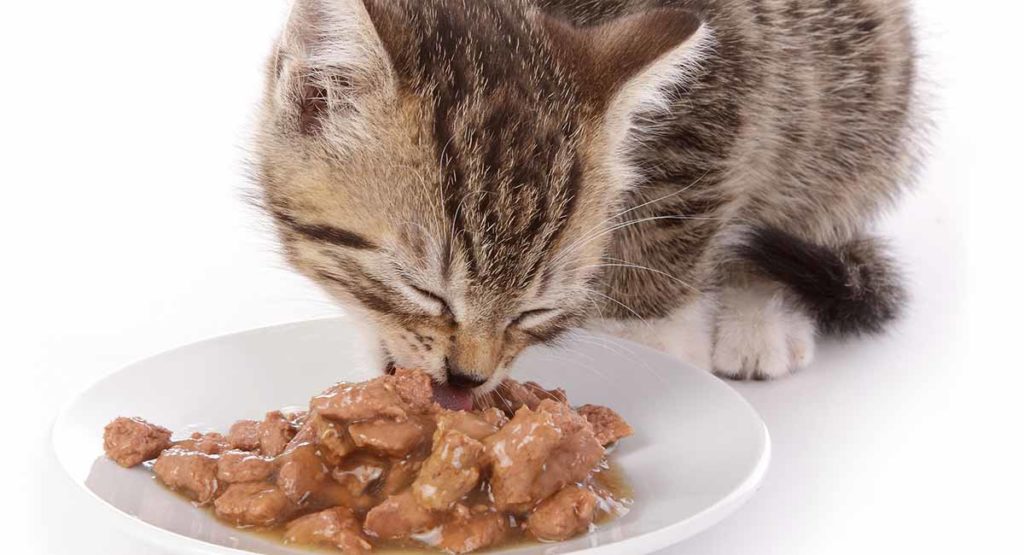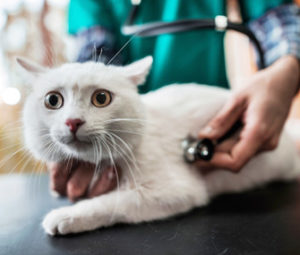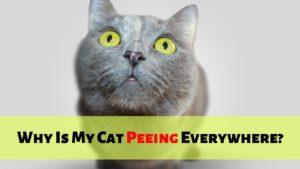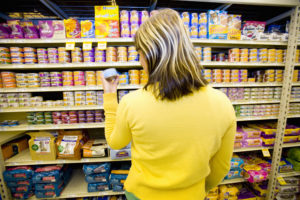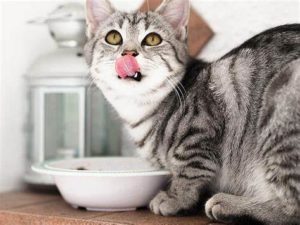DEHYDRATION -RELATED ILLNESSES ARE THE LEADING CAUSE OF DEATH IN CATS
Learn Why Wet Food Is Vital To Your Cat’s Health
Our Story:
This article will outline one of the most important things you can do to help guarantee a long and healthy life for your cat and explain why I’m so passionate on the subject. I founded my animal rescue, Furry Nation Salvation, back in 2010, and have successfully rehomed approximately 200 cats and kittens a year. This article was written after hearing about too many of our adopted felines developing and dying from kidney-related issues and urinary tract blockages – even cats as young as 2 years of age! All these illnesses and deaths had one thing in common and could have been avoided: These cats were NEVER given wet food in their daily diets. Incorporating canned wet food into your cat’s diet and limiting the overly processed dry food is an absolute must. In this article, you’ll learn how your cat’s body works, the differences between wet and dry food, and how you can help your feline avoid common health problems (and expensive vet bills). I hope that this article will help you understand why wet food is so important and encourage you to change the way you feed your own cat as I know these changes will save lives.
1.Cats Have A Low Thirst Drive: 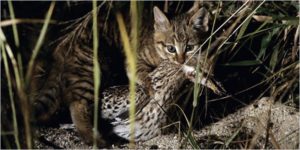
Unlike humans and dogs, cats have a low thirst drive. The reason for this dates back centuries. The ancestors of our domesticated felines were desert wild cats who had to adapt to having few water sources. Their natural instinct is to get their daily fluid needs from their food. Being carnivores, their diet consisted mainly of animal prey containing a moisture content of about 75%. This satisfied their daily water needs. Although today’s domesticated cats have access to plenty of fresh water in their homes, they actually drink very little.
2. Water Content of Dry Vs. Wet Cat Food:
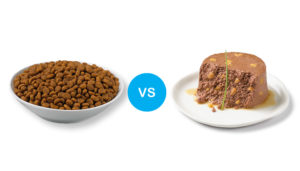
According to Dr. Lynn Wilson, a Volusia County-based veterinarian with over 20 years of experience, an average healthy 10 lb. cat needs at least 15 tablespoons of water a day to maintain healthy hydration. Dry cat food contains at most 10% water, equal to ½ a tablespoon, as opposed to wet food, which contains approximately 78% water, and provides 6 to 9 tablespoons of water. Wet food is closer to a cat’s “natural diet” as it is high in both animal-based proteins and provides the water they need. As you can see, feeding wet food will get your cat closer to or at the recommended amount of water that your cat’s body requires.
3. Dehydration:
When eating an all-dry kibble diet, a cat’s water intake easily falls short of what is actually needed. This causes dehydration, which can lead to an array of health problems. According to a study conducted by VetCompass, kidney failure is the most common cause of illness and death in cats over 5 years old. Dehydration contributes to many health problems such as urinary tract infections and blockages (yes – even in female cats), kidney stones, and a higher chance of diabetes. “Over the years, I’ve seen a lot of feline health issues that were most likely caused by feeding dry food exclusively,” Dr. Wilson says. “They potentially could have been avoided had they been given wet food in their daily diet. An all wet food diet is even better, but I know that’s not always economically possible. In our practice, we believe that wet food in the diet gives cats the best chance to attain a healthy 15 to 20 year life-span.”
4. Animal Protein Vs. Plant Protein – What Does Your Cat Need?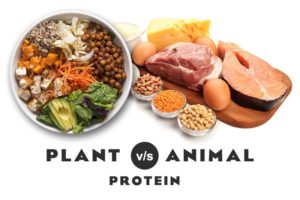
By definition, cats are “obligate carnivores”. This means that meat is biologically essential for their survival and they require little or no carbohydrates in their diet. Their natural food in the wild would consist primarily of rodents and birds. This diet provides meat or animal-based proteins, fats and amino acids, the necessary energy sources for cats. Unfortunately our commercially processed dry foods are loaded with plant-based proteins and are 3 times higher in carbohydrates than wet food, which do not provide the nutrients that cats need. Furthermore, dry foods are heavily processed which includes being subjected to high temperatures for a long time, resulting in the alteration and destruction of needed nutrients.
As for proteins, they are not created equal! The difference between meat-based proteins and plant-based proteins is crucial to a cat. Plant-based proteins and carbohydrates are cheaper, which is why they are the primary ingredient in commercially-processed dry cat foods – they are basically empty fillers. Cats are unable to metabolize most plant-based proteins, and when they can, those proteins, as well as carbohydrates, are of no nutritional value to them. In fact, the carbohydrates contained in some of the most common plant proteins, such as soy, corn, potato and pea, can impede digestion and actually create the same medical issues in cats that they do in humans, such as obesity, diabetes, thyroid issues, and cardiovascular disease.
5. Avoiding the Litter Box:
Diet can contribute to litter box issues and I’ve seen it more times than I can count. Cats on a primarily dry food diet become dehydrated and at a much higher risk for urinary tract blockages and infections. When a cat goes inside the litter box to urinate and experiences pain due to a urinary tract infection, he may begin to associate that litter box as a spot that causes him discomfort. This may begin the habit of peeing in inappropriate places around your home. Peeing on cold surfaces, such as a sink, tub, or tile floor is also common as the cold surface is soothing to a cat in pain. If your cat is experiencing any of these issues, don’t delay the trip to the vet.
6. Myth Buster! Dry Cat Food Does NOT Clean Teeth!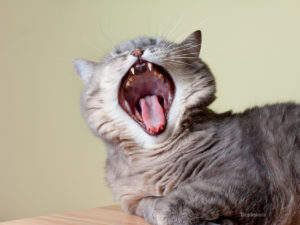
It’s a common belief that dry food promotes good dental hygiene in cats because it scrapes tartar off the teeth. Research has proven this to be a myth! Cats don’t chew dry food – they swallow it whole. To put it simply, dry food doesn’t clean a cat’s teeth any better than eating pretzels cleans ours! Additionally, dry food actually leaves a carbohydrate residue in the cat’s mouth that actually encourages growth of tartar and plaque. For information on the importance of brushing your cat’s teeth, Click here. My dog and two cats are accustomed to the routine of getting their teeth brushed and tolerate it very well. In fact, my dog sees this time as a special treat!
7. “My Cat Doesn’t Like Wet Food”
Talking with previous adopters, I have often asked about their cats’ eating habits. One main reason they gave for sticking to a dry food only diet was that their cat “hated wet food.” In reality, it isn’t a matter of them “hating” it, but rather them being accustomed to a particular texture and taste. Cats are creatures of habit and the food they normally consume becomes their taste preference, even though it may have negative nutritional value. Many cats will resist switching to a new food unless they are hungry enough. Begin by limiting the amount of dry food you give him during the day and feed him only wet food, or a dry/wet mixture at night. Experiment with different flavors and textures of wet food to find some that your cat prefers.
- Try adding other liquids: Since cats are very sensitive to smells, you can also add a small amount of the liquid from canned tun
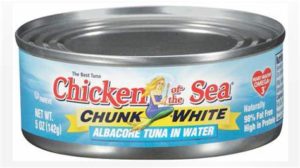 a, salmon or mackerel to the wet food, as these are flavors that most cats love. This has the added benefit of adding even more liquid to their diet.
a, salmon or mackerel to the wet food, as these are flavors that most cats love. This has the added benefit of adding even more liquid to their diet. - Adding water: Some may choose to add water with every single feeding to ensure their special feline is getting enough water.
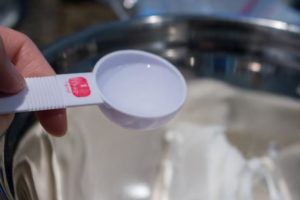 We recommend 1 to 3 tablespoons of water for each helping of wet food. This can be a slow transition, adding a 1/2 tablespoon of water at first and increasing every few weeks, but most cats will not notice the added water, so why not? Just be consistent and add water with every feeding, not just some of the time. Try adding warm water, as this will enhance both the smell and flavor of the wet food and make it more tempting to your cat.
We recommend 1 to 3 tablespoons of water for each helping of wet food. This can be a slow transition, adding a 1/2 tablespoon of water at first and increasing every few weeks, but most cats will not notice the added water, so why not? Just be consistent and add water with every feeding, not just some of the time. Try adding warm water, as this will enhance both the smell and flavor of the wet food and make it more tempting to your cat. - Be patient-as this transition can take time: Getting a cat accustomed to daily helpings of wet cat food can take anywhere from a few weeks to a few months, but this change is vital to their health, so don’t give up. Never allow your cat to go without food for more than 24 hours.
- Diarrhea and/or vomiting can occur: Be aware that with a change in food, diarrhea &/or vomiting can occur, so remember to introduce the new food slowly. Wet food or a wet/dry combination should not be left out for longer than 4 to 6 hours in a cool environment. While switching my own two cats from one type of wet food to another brand, it did cause vomiting daily for two weeks, even with a slow transition! It simply takes time for their bodies to adjust, so don’t give up. Making these changes slowly will help reduce these issues.
8. Just Say NO to Free-Feeding: We NEVER recommend free-feeding or leaving out a never-ending supply of dry food for your cat to snack on all day. Many cats will start consuming more and more dry food and won’t finish their wet food. This is NOT what you want. I wouldn’t leave out cereal and Cheetos for my kids to snack on all day and expect them to eat dinner, so please limit the dry food. Limiting treats, like temptations, is also important too.
9. The Cost Of Wet Cat Food:
If cost is a consideration, you’ll be happy to know that adding wet food to your cat’s diet costs only pennies a day, far less than the vet bills if your cat develops diabetes or some form of bladder or kidney issues. The average 5.5 ounce can of supermarket wet cat food costs around 70 cents. Depending on your cats size and appetite, this will cost you only about $10 a month for half of a 5.5oz. can every night, or $20 a month for a full can. Either way, it’s a small price to pay for your cat’s health! You can save even more by ordering online with Chewy.
- Multiple cats:We recognize that feeding multiple cats can become pricey when using wet food. Our good
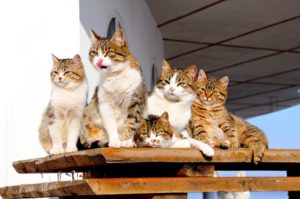 friend, Linda Brooks, rescues cats and can have as many as 12 to 15 at one time. She is on a tight budget and feeds her cats a mixture consisting of half pate wet food and half dry kibble with 3 tablespoons of water mixed in with each individual food dish. A couple of times a week, she adds a can of mackerel to the mixture, which provides even more liquid to their diet. They also have access to dry food and fresh water during the day.
friend, Linda Brooks, rescues cats and can have as many as 12 to 15 at one time. She is on a tight budget and feeds her cats a mixture consisting of half pate wet food and half dry kibble with 3 tablespoons of water mixed in with each individual food dish. A couple of times a week, she adds a can of mackerel to the mixture, which provides even more liquid to their diet. They also have access to dry food and fresh water during the day.
10. Wet Cat Food Choices:
- Brand: As for which brand of wet food is better, we have found that pet owners who purchase a more expensive brand of wet food end up giving less to their cats. This is not what you want to do. The more wet food you can incorporate into your cat’s diet, the better. Regardless of the brand, wet food is higher in moisture than dry food, lower in carbohydrates, and has more animal-based proteins. Have your cats fill up on wet food, NOT dry kibble. In general, the cheapest wet cat food is better for your cat than the most expensive dry food.
- Pate vs. gravies or shreds: Wet food pate is generally better than
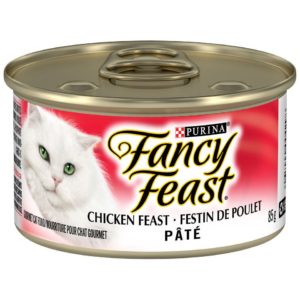 wet foods in gravies or shreds because it doesn’t contain as many carbohydrate-rich thickeners. Either way, the wet food should contain 10% or less of carbohydrates. If this information isn’t listed on the can, you can calculate it by clicking here
wet foods in gravies or shreds because it doesn’t contain as many carbohydrate-rich thickeners. Either way, the wet food should contain 10% or less of carbohydrates. If this information isn’t listed on the can, you can calculate it by clicking here
- Meats vs. Fish: Stick with more animal-based wet foods (chicken, turkey, rabbit, beef) for the bulk of your cat’s diet. Food containing fish can be high in mercury, phosphorus and magnesium, not to mention being highly addictive. If you give your cat seafood wetfood too often, he may begin refusing meat-based pates.
We would love cat owners to view wet food as their cat’s main diet, with dry food being their snack. We highly encourage one full 5.5 oz. can (or two 3 oz. cans) of wet food a day per cat. At the very minimum, half of a 5.5 oz. can (or one 3 oz. can) a day is a great start, but this will not guarantee that the lower amount will protect your cat against dehydration related health issues. You can continue feeding your cat a limited amount of dry food to snack on between meals if this is what you are accustomed to, but if you find he isn’t finishing all of his wet food or is becoming overweight, then the dry food should be reduced to a very small amount or discontinued.
- Feeding my own two cats: My two cats, Solo and Obi-Wan, each get their own 3 oz. can of wet food in the morning and another 3 oz. can in the evening. For a total of four 3 oz. cans a day). Sometimes, if I’m not working, I even give them an extra half a can each of wet food in the afternoon. I spoil Obi-wan by giving him about 6-10 “sprinkles” of dry food on top of his pate, but I never leave unlimited dry food out because Obi-Wan would fill up on that and not want to eat his dinner of wet food.
- Where to Feed Your Cats For Easy Feeding Time: I like feeding my cats up on a dresser with a cat tree next to it so they can climb to the top without jumping. I also store their wet food in the top drawer. This makes feeding time a breeze because it saves me a lot of bending down, which can be an issue for some individuals we talked with. This is also great if you have other pets in the home that may eat your cat’s food.
Summing It Up: Our rescue places a high level of importance on PREVENTATIVE measures to not only keep your pet healthy, but to save you on vet bills and the expensive so-called “pet prescribed” foods! As you now know, making wet food your cat’s main source of diet is ABSOLUTLEY key to their health and long-life span because they need much more water and animal-based proteins than a dry food diet provides. Very few cats drink enough water on their own, even with those fancy pet fountains. A lack of sufficient water causes dehydration, which can lead to painful and sometimes fatal urinary tract and kidney disease, obesity, heart problems and diabetes. We all want our pets to live longer and healthier lives (with fewer vet bills), so make the change for them. Feed your cat wet food now – for fewer problems later!

